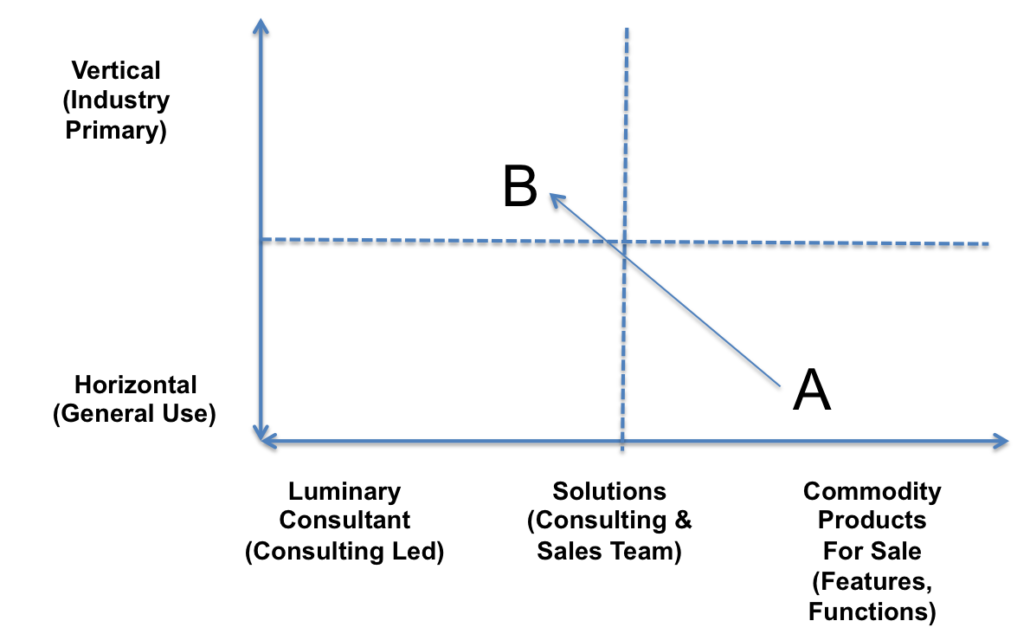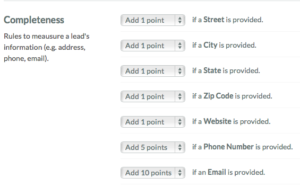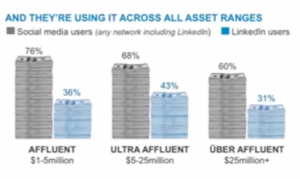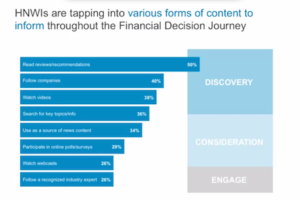As we know, several factors fundamentally differentiate B2B from B2C. B2B (Business-to-Business) sales are transactions between business entities and B2C (Business-to-Consumer) sales is where businesses sell to consumers.
Typically B2B sales are complex and considered. Evaluation and decision making follows multiple stages of learning and evaluation. B2B sales cycles are longer and purchases typically have higher dollar volumes and higher risk. B2B is often characterized by team selling to committee buying. Decisions involve various stakeholders and influencers including economic buyers, solution users, procurement specialists, domain experts, etc. B2B buyers self sell. Sales teams are no longer the single source of product information and benefits. Education has shifted to the web where buyers search products and ‘self-sell’.
The buying and selling process is fundamentally different in B2B and marketing and sales must work well together around the customer buying process. Content needs to be multi-stage and mapped across the buy-sell cycle. It must include a spectrum of TOFU (top of the funnel), MOFU (middle of the funnel) and BOFU (bottom of the funnel) content. Content for B2B is typically less emotional and more educational. It includes value propositions and product facts. Qualification is more important in B2B as the cost and of sales is high so it is important that sales teams are focused on the qualified opportunities. Marketing and sales teams must collaborate on the qualification process and lead nurturing is more important. The cycle for B2B is elongated and complex and buyers decide when they engage with sales.
7 Attributes of B2B Marketing and Sales
When you design your B2B revenue strategy, consider these 7 attributes.
1. Use the right set of performance metrics.
Measurement focus in not just about lead generation and vanity web metrics, it is about a tangible focus on pipeline and revenue impact.
-
- Impact on pipeline / Marketing Qualified Leads (MQLs) plus impact at each funnel stage
- Impact on close rate
- Impact on deal size / contract value
- Impact on total revenue.
2. Segment your markets and tailor the messages.
Segmentation and clean data is critical in B2B marketing. Campaigns for new acquisition and cross selling are driven by predictive analytics.
-
- Segmentation around demographics, firmographics, behaviors
- Clean data
- In-house and 3rd party data
- Business Intelligence Tools for predictive marketing
3. Design and launch integrated campaigns
B2B campaign design is complex and follows a variety of buy-sell paths. Campaigns can be automated and driven by business rules. Marketing Automation is a critical enabler.
-
- Multi-touch, multi-stage programs
- Lead Nurture Strategies
- Account based advertising
- PPC vs. Organic
- Smart (e.g. IP-based) Retargeting
- Branding and experience
- Derivative content
4. Maintain a solid digital experience across web and social.
The website continues to be a marketing and sales hub for B2B and social media amplifies your impact and visibility.
-
- Social media sites also present a brand and product / service message
- Website personalization plays a high value role for B2B to tailor content and messages for particular segments
- Organic SEO around your best content helps build visibility – especially on the long tail
- Landing pages remain a critical conversion point for lead generation.
- B2B emphasis on LinkedIn, Twitter
- Social selling – enabling the account teams with relationship intelligence and social media engagement
- Using discussion Groups on LinkedIn and Quora
5. Use the right revenue technology including Marketing Automation, CRM, Data Management and Business Intelligence.
The role of revenue technology, including Marketing Automation, CRM, Data Management and Business Intelligence is prominent in B2B. Closed the marketing and sales loop.
-
- Marketing Automation for List management, life of the lead, lead scoring / grading, nurture programs, list management,
- CRM for contact management, opportunity management, sales nurture
- Data Management and Business Intelligence for predictive analytics and campaign design.
6. Take advantage of content marketing across the cycle.
The inbound marketing model relies on compelling, search visible and tailored content across the buyer process.
-
- White Papers
- Solution Briefs
- White Labeled Assets (B2B2C)
- Webinars
- Infographics
- Video
- Apps and tools
7. Build your selling excellence.
Of course the effectiveness and capability of the sales team is paramount in complex B2B sales.
-
- Balance the inside vs. outside mix
- Align specialists and sales teams
- Mix your farmers and hunters
- Activate account and cross selling (3Cs – continue, crop rotation, colonization)







